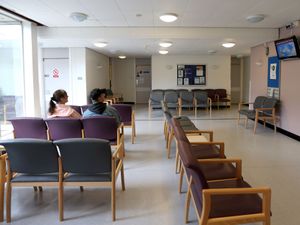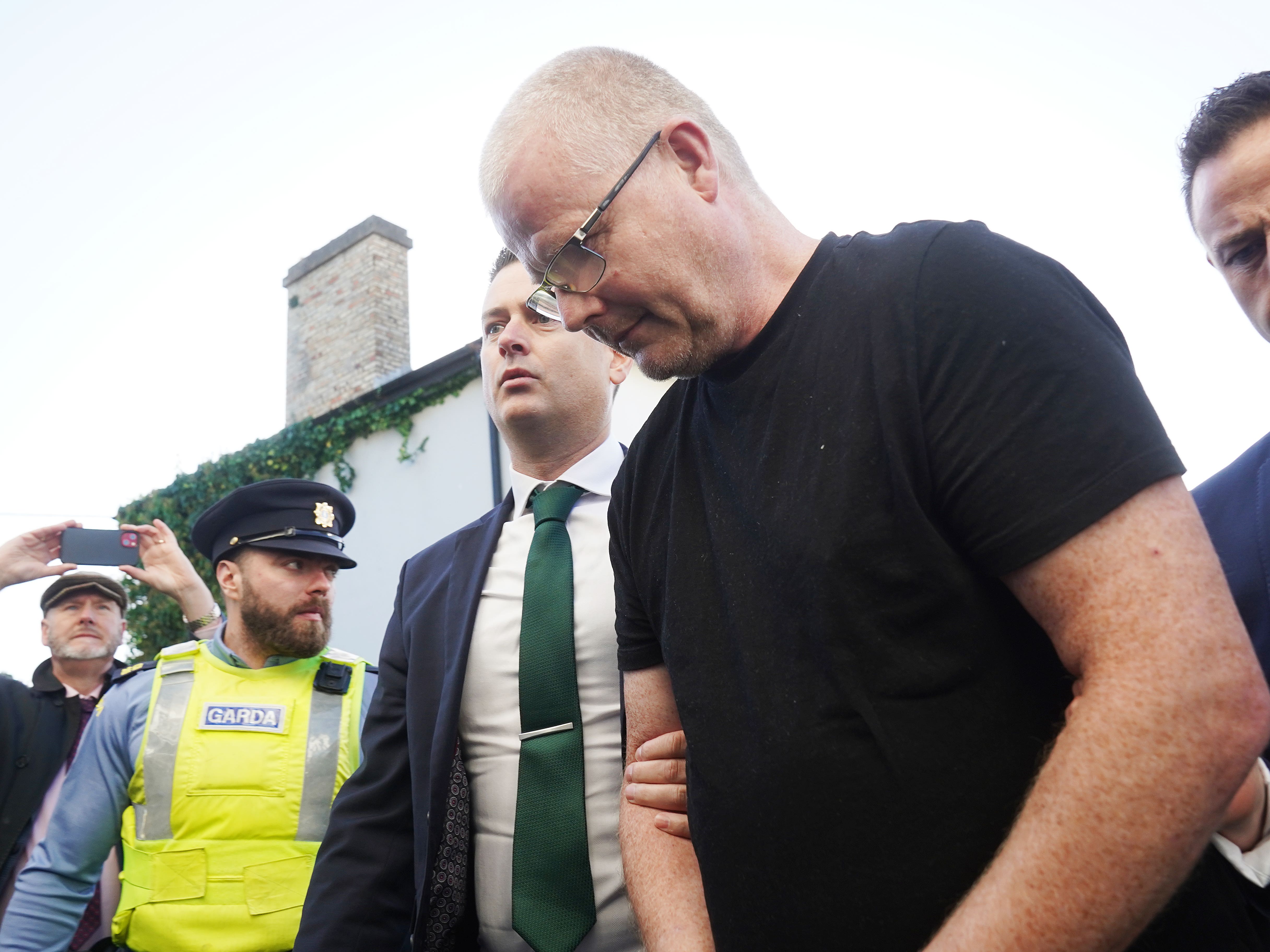England’s NHS waiting list reaches record high
The number of people waiting more than a year to start treatment also hit a record high.

The number of people in England waiting to start hospital treatment has risen to a new record high.
A total of 4.95 million people were waiting to start NHS hospital treatment at the end of March – the highest number since records began in August 2007.
Data from NHS England also showed that the number of people having to wait more than a year to start hospital treatment stood at 436,127 in March.
This is the highest number for any calendar month since August 2007, when the figure was 578,682.

In March 2020, the number having to wait more than a year to start treatment was significantly lower at 3,097.
Tim Mitchell, vice president of the Royal College of Surgeons of England, said: “In recent months we’ve become accustomed to seeing the record broken each month for the number of people waiting for NHS hospital treatment, but we must not forget that behind these stomach-churning numbers are ordinary people who have been forced to put their lives on hold.
“Today’s figures show the impact that a year of Covid has had on NHS surgery.
“With the number of Covid-19 patients in hospital at the lowest it has been since September last year, the recovery of planned surgery is fortunately now well underway.
“Still, any prospect of chiselling down the waiting list, which is now approaching five million people, is premature, because new patients are presenting daily.
“The task ahead is vast and many of the staff that support surgeons to operate, anaesthetists and nurses, are running on fumes after an unimaginably difficult year helping out on Covid-19 wards.
“As we’ve seen the NHS do over the last year, we will pull together to serve patients. But we won’t be able to deal with the backlog overnight. It will take many years, more investment and some changes to how we deliver services.”

The NHS data also found that when it comes to key diagnostic tests for conditions including cancer, just over 300,000 patients in England had been waiting more than six weeks for a key test in March.
A total of 305,061 patients were waiting for one of 15 standard tests, including an MRI scan, non-obstetric ultrasound or gastroscopy.
The equivalent number waiting for more than six weeks in March 2020 was 85,446.
But there was positive news, with 232,084 urgent cancer referrals made by GPs in England in March, compared with 183,603 in March 2020 – a year-on-year rise of 26%.
The 232,084 figure is the highest since records began in October 2009.
Urgent referrals where breast cancer symptoms were present – although not initially suspected – were up from 12,449 in March 2020 to 15,670 in March 2021, a rise of 26%.
Meanwhile, the total number of people admitted for routine treatment in hospitals in England was up 6% in March compared with a year earlier – although this is partly a reflection of lower-than-usual numbers for March 2020, which were affected by the start of the Covid-19 pandemic.
Some 220,349 patients were admitted for treatment during the month, compared with 207,754 in March 2020.
The equivalent figure for March 2019, a non-pandemic year, was 305,356.
NHS England said the health service had seen almost a quarter of a million people with suspected cancer in March as services “began to bounce back” after the peak of the winter Covid wave.
Dame Cally Palmer, NHS cancer director, said: “From Covid-friendly cancer drugs to fast tracking specialist radiotherapy for patients, NHS staff have gone to great lengths to ensure cancer treatment could continue safely throughout the pandemic.
“It is welcome news that more people than ever before came forward for potentially life-saving checks in March, with the vast majority being seen very quickly.”
A&E attendances at hospitals in England last month were also more than double the number a year ago, NHS England said – although again this is a reflection of lower-than-usual numbers for April 2020, which were affected by the Covid-19 pandemic.
A total of 1.87 million attendances were recorded in April 2021, up from 917,000 in April 2020.
The equivalent figure for April 2019, a non-pandemic year, was 2.11 million.
Tim Gardner, senior policy fellow at the Health Foundation, said: “The NHS is beginning to show promising signs of recovery after the extreme strain placed on it by Covi-19.
“The numbers of people being referred and treated for cancer is now above pre-pandemic levels, while important progress has been made towards getting routine hospital procedures back on track.
‘However, the latest figures continue to highlight the significant and growing backlog in routine hospital care, with nearly five million patients now on the waiting list and over 400,000 waiting longer than a year for treatment.
“Such long waits risks patients becoming more ill and having worse outcomes when they do receive treatment.
‘Only by addressing significant and long-standing workforce shortages and making substantial investment in infrastructure and technology, will the Government avoid the political and human cost of growing numbers of people waiting too long for the care they need.”
The figures come as health leaders called for a review of social distancing rules across the NHS to help free up more capacity to tackle the waiting list backlog.
In a letter to Health Secretary Matt Hancock, health leaders also asked for increased investment so the NHS can grasp a “summer of opportunity” and ramp up their ability to see as many patients as possible in the next few months.





